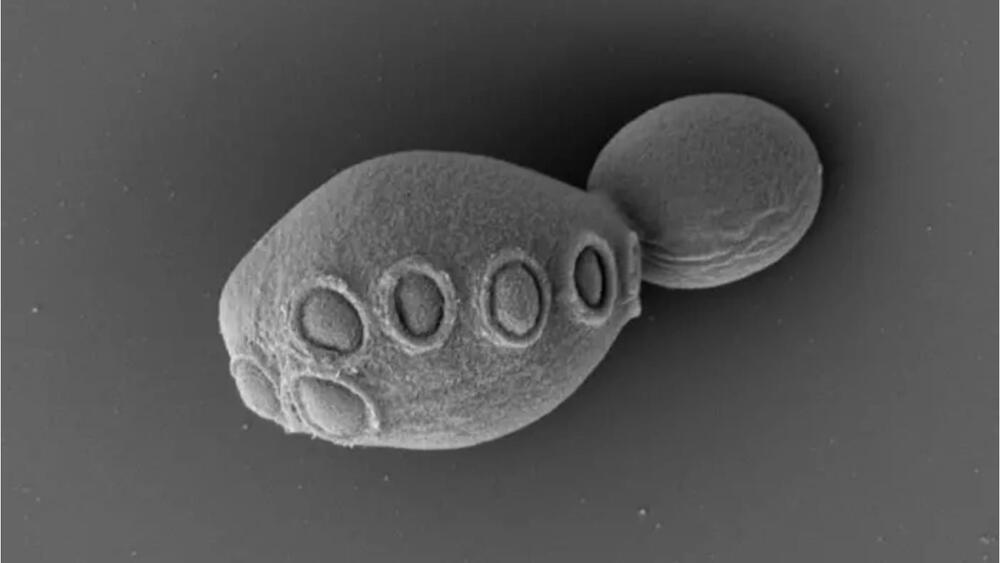To get several of the modified chromosomes into the same yeast cell, Boeke’s team ran a lengthy cross-breeding program, mating cells with different combinations of genomes. At each step there was an extensive “debugging” process, as synthetic chromosomes interacted in unpredictable ways.
Using this approach, the team incorporated six full chromosomes and part of another one into a cell that survived and grew. They then developed a method called chromosome substitution to transfer the largest yeast chromosome from a donor cell, bumping the total to seven and a half and increasing the total amount of synthetic DNA to over 50 percent.
Getting all 17 synthetic chromosomes into a single cell will require considerable extra work, but crossing the halfway point is a significant achievement. And if the team can create yeast with a fully synthetic genome, it will mark a step change in our ability to manipulate the code of life.
